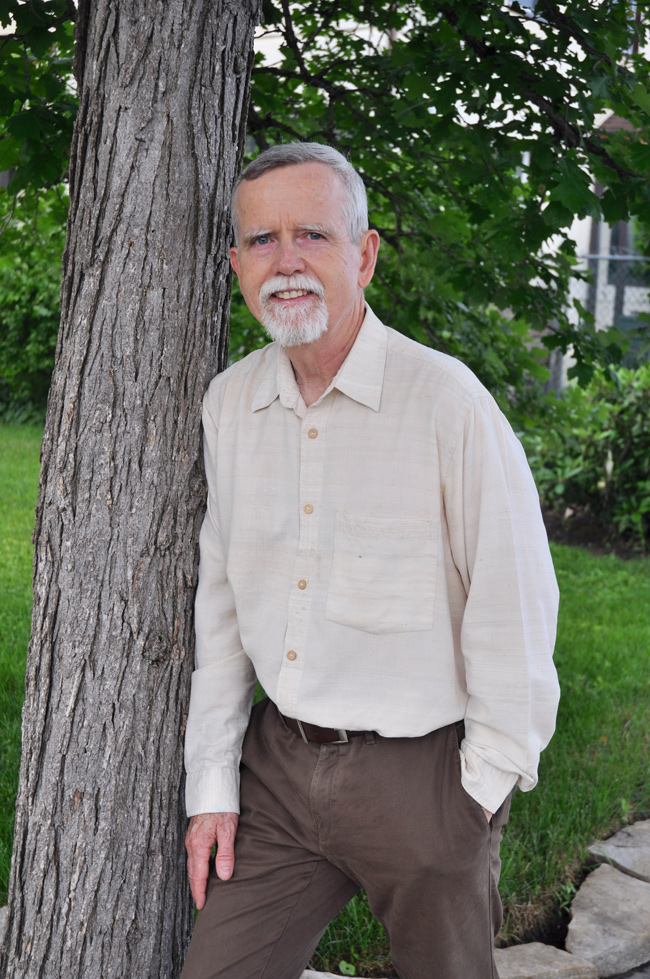Submitted by Daniel Buckles –
It is an unarguable truth that big trees in Kitchissippi are in a dramatic state of decline. The natural life cycle of trees (several times a human life for many species) drives some of this loss. The large footprint of most infill development is another driver. Knowing what your tree rights and responsibilities are, and knowing what to do when a tree is in peril, is part of the solution.

The good news is that the City of Ottawa has two by-laws meant to protect the public good when it comes to trees. A 2006 by-law applies to trees of any size on streets, boulevards, parks and other areas on municipal property (Municipal Trees and Natural Areas Protection By-law). The by-law requires staff and the contractors working with the City to advise Forestry Services of planned work that may have an impact on a City tree, and to make concerted efforts to reduce these impacts. Unfortunately, some City departments do not follow this procedure on their own, and many contractors are not aware of or compliant with the steps that are needed (fencing at the drip line, for example, or keeping machines and debris from compacting the soil).
A 2009 by-law applies to trees on private property (the Urban Tree Conservation By-law). It applies to trees of any species that are 50 cm or more in diameter (about as big around as the waist of a slim person). Property owners with a tree of this size must apply for a permit to remove the tree or do any work that is likely to damage the roots, trunk or branches. An application for a permit costs $100.
According to the City of Ottawa website: “the city reserves the right to reject an application to remove a distinctive tree if there is not a valid reason for removal.” Forestry Services is responsible for enforcing the by-law, and more cases are going to court than in the past.
If you see evidence of damage to a City tree or a tree on private property 50 cm or more in diameter, it is within your rights and responsibilities to inform the City. The best way to do this is to report the tree location and concern by calling 311 or writing to 311@ottawa.ca. The call or email registers the concern formally, and will trigger a response from Forestry Services. It may lead to charges.
Big trees are a public good as they provide significant and measurable financial benefits to citizens: shade reduces heating and cooling energy costs, roots reduce stormwater runoff and the risk of flooding, leaves clean the air, and the trunk of a large tree fixes nitrogen that would otherwise escape into the atmosphere and fuel climate change. Also, as the poet Joyce Kilmer wrote, “I think that I shall never see, a poem as lovely as a tree.”
Learn more about what you can do from the community group Big Trees of Kitchissippi (on Facebook), the Champlain Oaks Project, and the Environment Committees of your local community association.
Daniel Buckles is an animator for the Champlain Oaks Project and Big Trees of Kitchissippi, two neighbourhood organizations that advocate for the protection of mature trees and native trees species. He is also a part-time professor in Anthropology at Carleton University.
